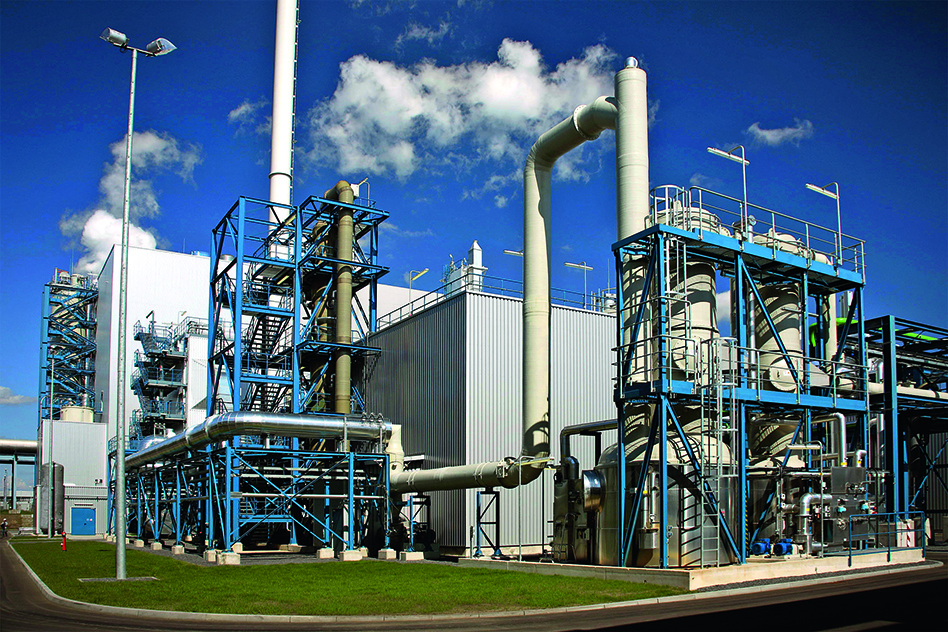
Recent reports from the Intergovernmental Panel on Climate Change (IPCC) and the International Energy Agency (IEA) suggest that carbon capture and storage (CCS) could be a cost-effective strategy to reduce greenhouse gas (GHG) emissions associated with climate change, particularly in the power sector. But CCS will only be a viable option if there’s sufficient capacity throughout the world to store carbon dioxide (CO2) underground. Past efforts to assess the global storage capacity of CO2 have relied on incomplete and inconsistent storage capacity data, but a recent study in Energy Procedia promises to overcome these drawbacks.
Co-authored by a team of researchers at the MIT Energy Initiative (MITEI), MIT Joint Program on the Science and Policy of Global Change, and ExxonMobil, the study developed a method for estimating the capacity of different regions to store CO2 underground based on minimal data gleaned from globally available data sources. Applying the method, the team produced a consistent, planet-wide set of storage capacity estimates for 18 regions defined by the MIT Joint Program’s Economic Projection and Policy Analysis (EPPA) model.
Totaling from 8,000 gigatons (Gt) to 55,000 Gt at the global level (the lower estimate imposes a stricter constraint on allowable pressure rise during injection of CO2 at storage sites), these estimates approximated the more detailed capacity assessments in regions where they were available.
To determine if, at the regional level, CO2 storage capacity will be sufficient to accommodate the likely demand for storage under a climate policy consistent with keeping global warming within two degrees Celsius (2°C), the researchers compared storage capacity estimates for each EPPA-defined region with the demand for storage projected by the EPPA model under that policy. For the comparison they used an enhanced version of EPPA that includes options for CCS in the power sector with coal, natural gas or bioenergy, which could be a critical source of negative emissions in the latter half of this century.
The comparison showed that in most regions, the team’s upper estimate of storage capacity is sufficient to meet the cumulative CO2 storage demand in all regions through 2100, even under a 2°C climate policy with optimistic technology cost assumptions, in which CCS is massively deployed. The lower estimate for storage supply exceeds projected demand for capacity in all regions except those with the least storage capacity—the Korean peninsula, Japan and India.
These three regions may consider options for transporting CO2 to other regions or use other low-carbon technologies instead of CCS. Some regions such as China, the U.S. and Europe have larger storage capacity, but they are also projected to employ a substantial amount of CCS, bringing their demand for storage close to the lower estimates of their capacities.
“These results show that the availability of geologic storage should not be a limiting factor for CCS deployment this century,” says MITEI Senior Research Engineer Howard Herzog, who directed the study.
“This is one of the first studies to assess consistently the carbon storage capacity at a global level, providing analysis that we believe will help to provide a solid foundation for assessment of CCS technology under climate mitigation,” adds study co-author Sergey Paltsev, a senior research scientist at the MIT Joint Program and MITEI, and deputy director of the Joint Program. “Our work could help other modelers to refine their integrated assessment models to perform more realistic assessment of CCS.”
Funded by ExxonMobil, the study is part of a larger project that is using integrated assessment models to investigate conditions that would favor large-scale deployment of CCS, the timing and location for that deployment, and the likely impact of CCS on stabilizing atmospheric concentrations of CO2.
Photo: CCS plant in Germany (Source: Vattenfall)

